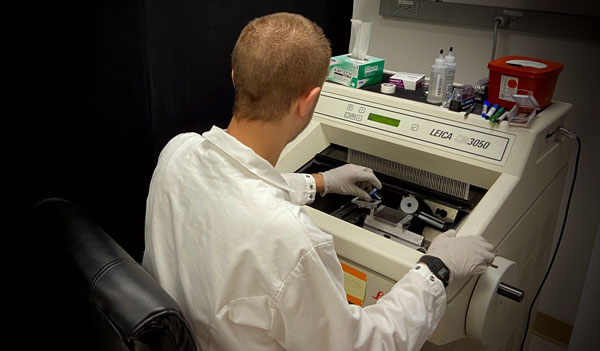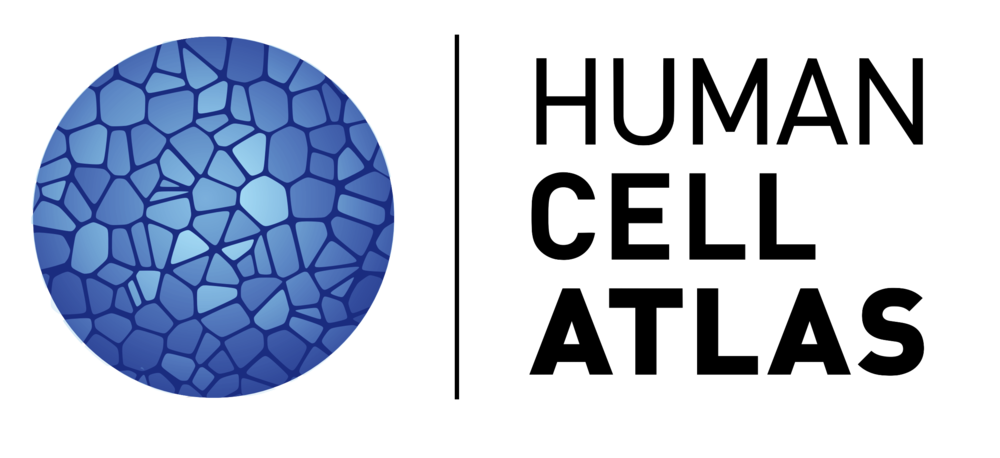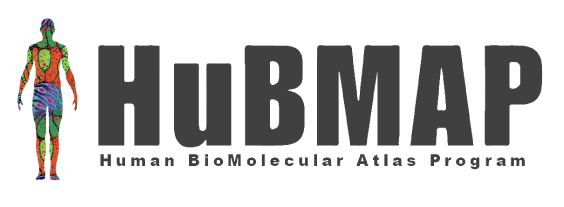Our Research
Seeing is Believing
We’re working to develop tools to enable discovery-driven biology in tissues. We aim to comprehensively map molecular processes in healthy and diseased tissues.
Modern sequencing methods have brought many new insights into transcriptome-wide analysis, but crucially lose a native spatial context. Additionally, traditional fluorescent imaging methods only identify a few different molecules in one sample.
We developed seqFISH to identify tens of thousands of different molecules. We’re continually building on our ability to identify, quantify, and understand how cell environments drive cell function.
Our Lab
The rapid growth of in situ imaging from a few genes to nearly the whole transcriptome was made possible by our interdisciplinary team of scientists and engineers. We developed the new molecular, fluidic, optical, and computational tools that made seqFISH+ possible.
2010
Cai Lab is founded
2012
First paper showing multiplexed RNA detection in single cells with super-resolution microscopy
2014
First demonstration of seqFISH
2016
249 genes imaged in brain sections with seqFISH
MEMOIR lineage tracing with seqFISH
Cai Lab moves from Caltech Chemistry to Caltech Biology
2017
10,212 genes identified in vitro with RNA SPOTs
2018
10,421 genes visualized by intron seqFISH
Cai Lab officially joins Caltech Biology
2019

Featured Collaborations
Elowitz Lab
Caltech
Biorxiv preprint (2020) “Imaging cell lineage with a synthetic digital recording system“
Nature Biotechnology (2019) “In situ readout of DNA barcodes and single base edits facilitated by in vitro transcription“
Nature (2016) “Synthetic recording and in situ readout of lineage information in single cells“
Nature (2015) “Combinatorial gene regulation bymodulation of relative pulse timing“
Molecular Cell (2014) “Dynamic heterogeneity and DNA methylation in embryonic stem cells“
Rothenberg Lab
Caltech
Cell Systems (2019) “Single-Cell Analysis Reveals Regulatory Gene Expression Dynamics Leading to Lineage Commitment in Early T Cell Development”
Anderson Lab
Caltech
Cell (2019) “Multimodal Analysis of Cell Types in a Hypothalamic Node Controlling Social Behavior”
Guttman Lab
Caltech
Cell (2018) “Higher-Order Inter-chromosomal Hubs Shape 3D Genome Organization in the Nucleus”
Yuan Lab
Harvard
Nature Biotechnology (2018) “Identification of spatially associated subpopulations by combining scRNAseq and sequential fluorescence in situ hybridization data”
Genome Biology (2017) “Challenges and emerging directions in single-cell analysis“
Biorxiv preprint (2019) “Giotto, a toolbox for integrative analysis and visualization of spatial expression data“
Gradinaru Lab
Caltech
Cell (2014) “Single-Cell Phenotyping within Transparent Intact Tissue through Whole-Body Clearing”
Nature Protocols (2015) “Whole-body tissue stabilization and selective extractions via tissue-hydrogel hybrids for high-resolution intact circuit mapping and phenotyping“
Cairns Lab
University of Utah
Cell Research (2018) “The adult human testis transcriptional cell atlas”
Bronner Lab
Caltech
Nature Communications (2017) “Identification of a neural crest stem cell niche by Spatial Genomic Analysis”
Trapnell Lab
University of Washington
A Spatially resolved molecular Atlas of Human Endothelium (NIH)
Schier Lab
Harvard
Shendure Lab
University of Washington
Allen Discovery Center for Lineage Tracing




